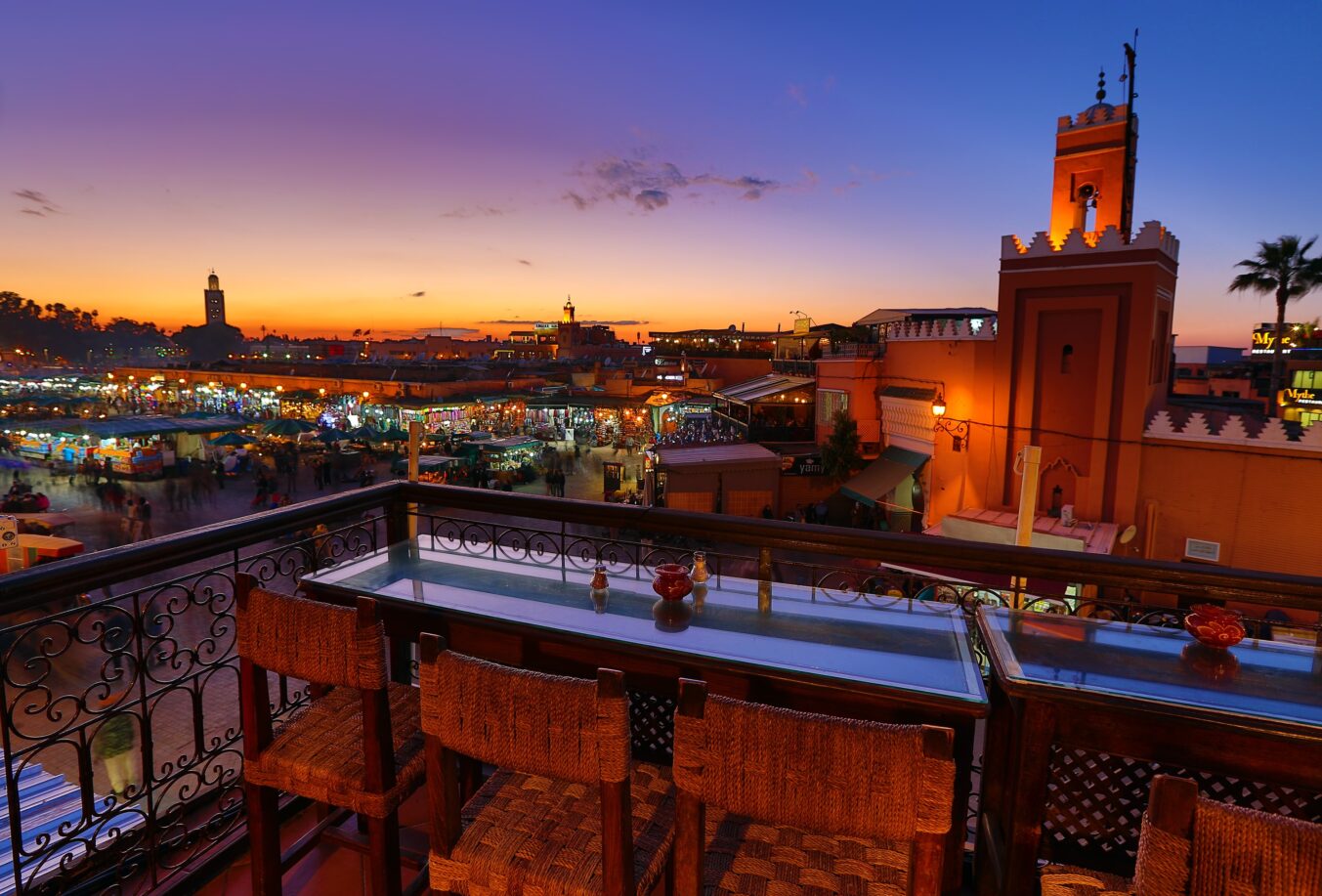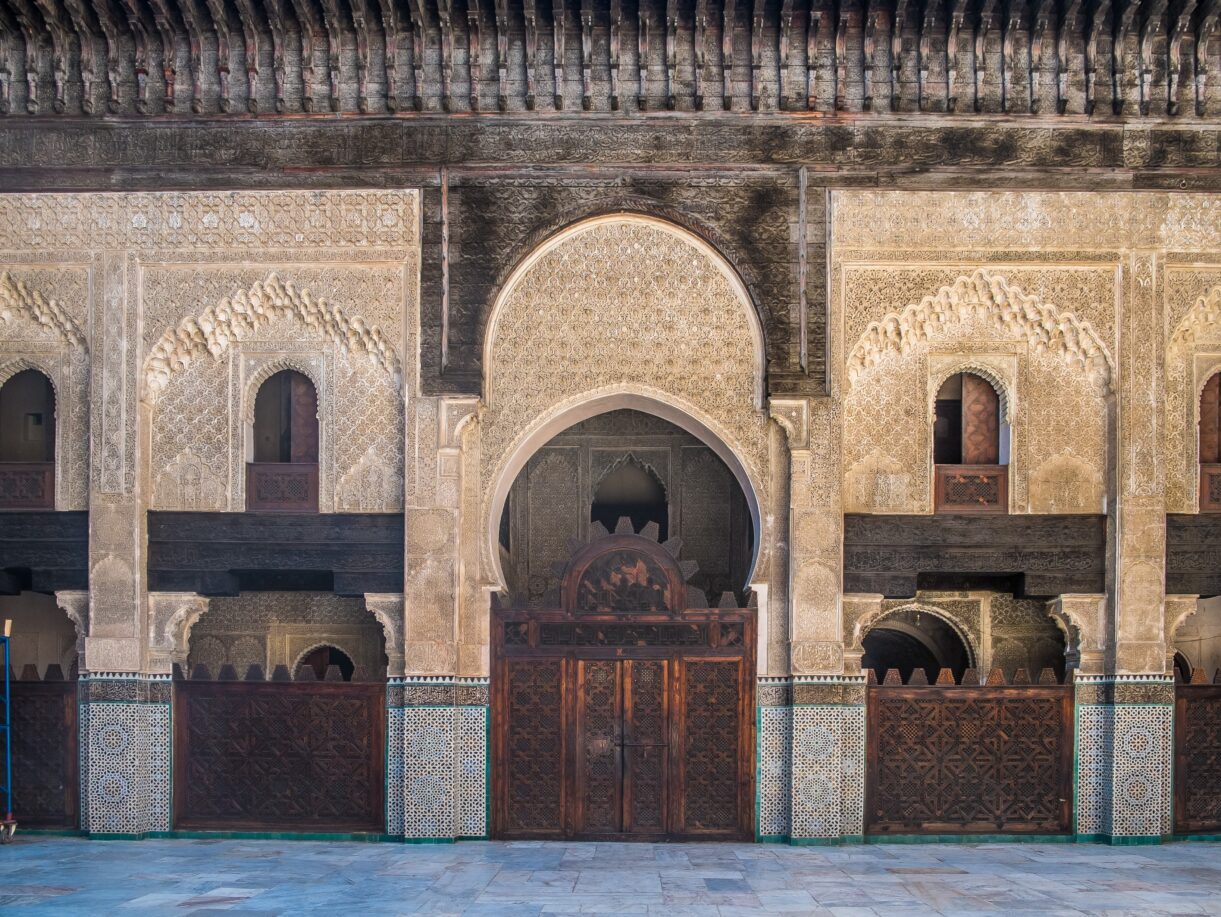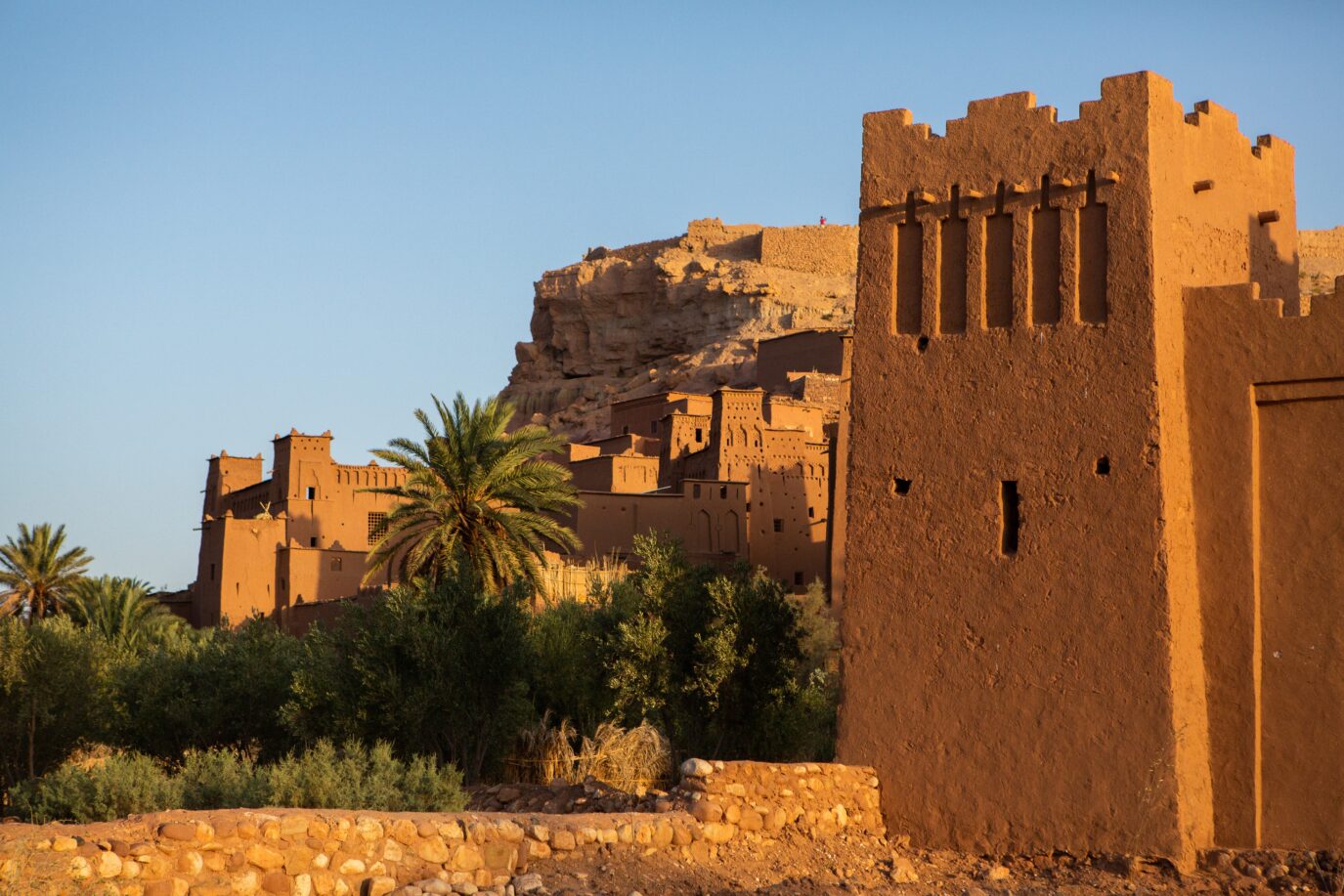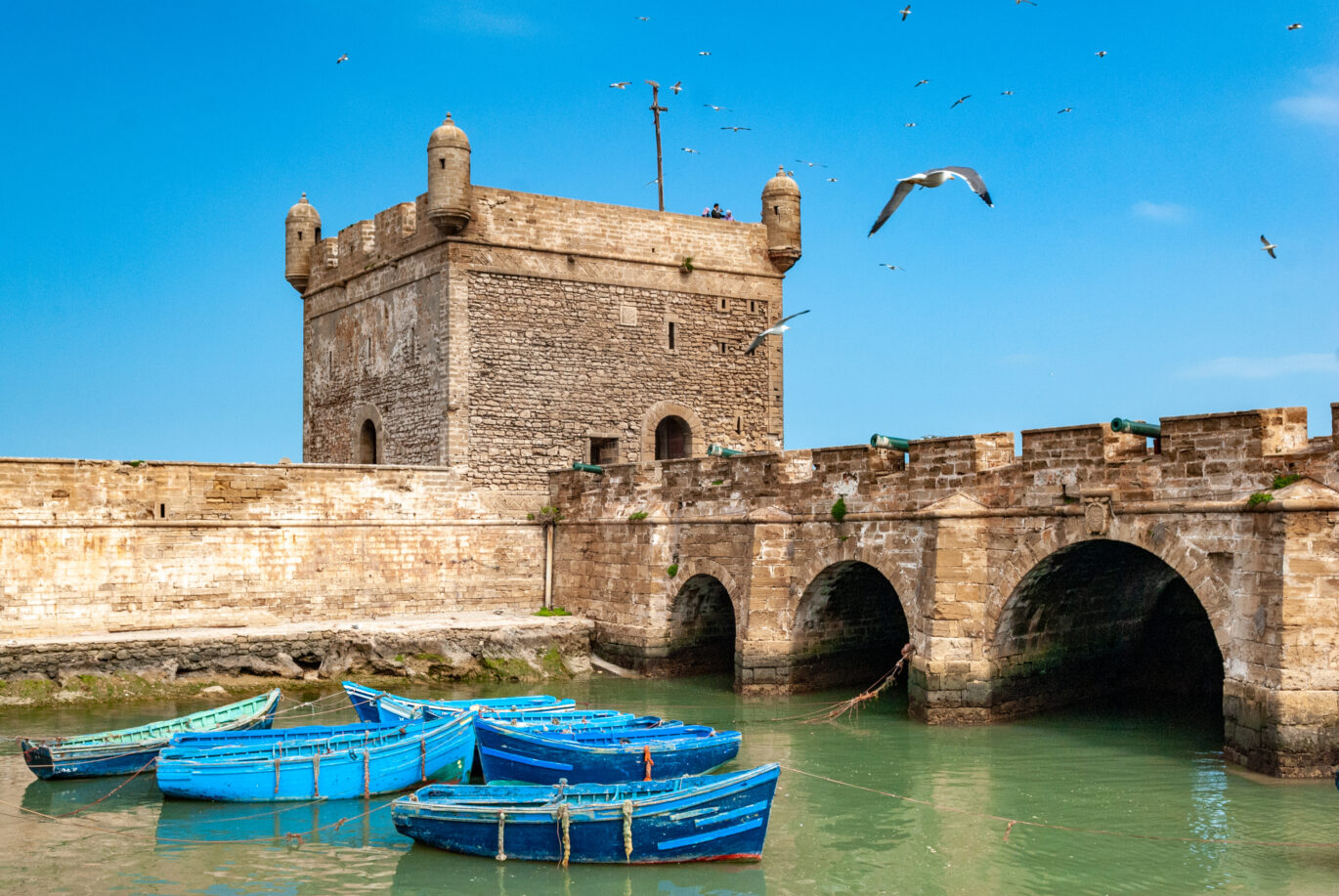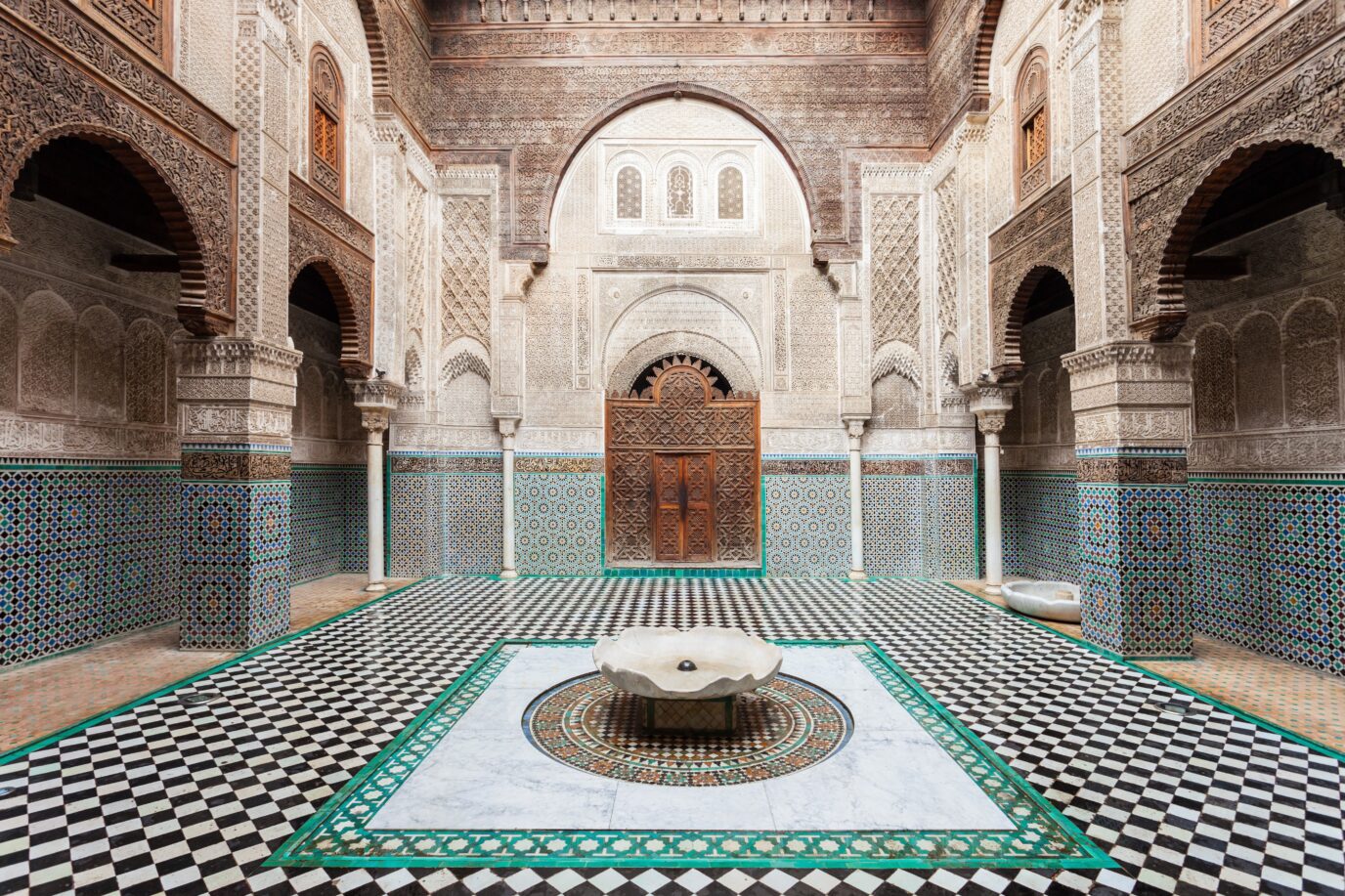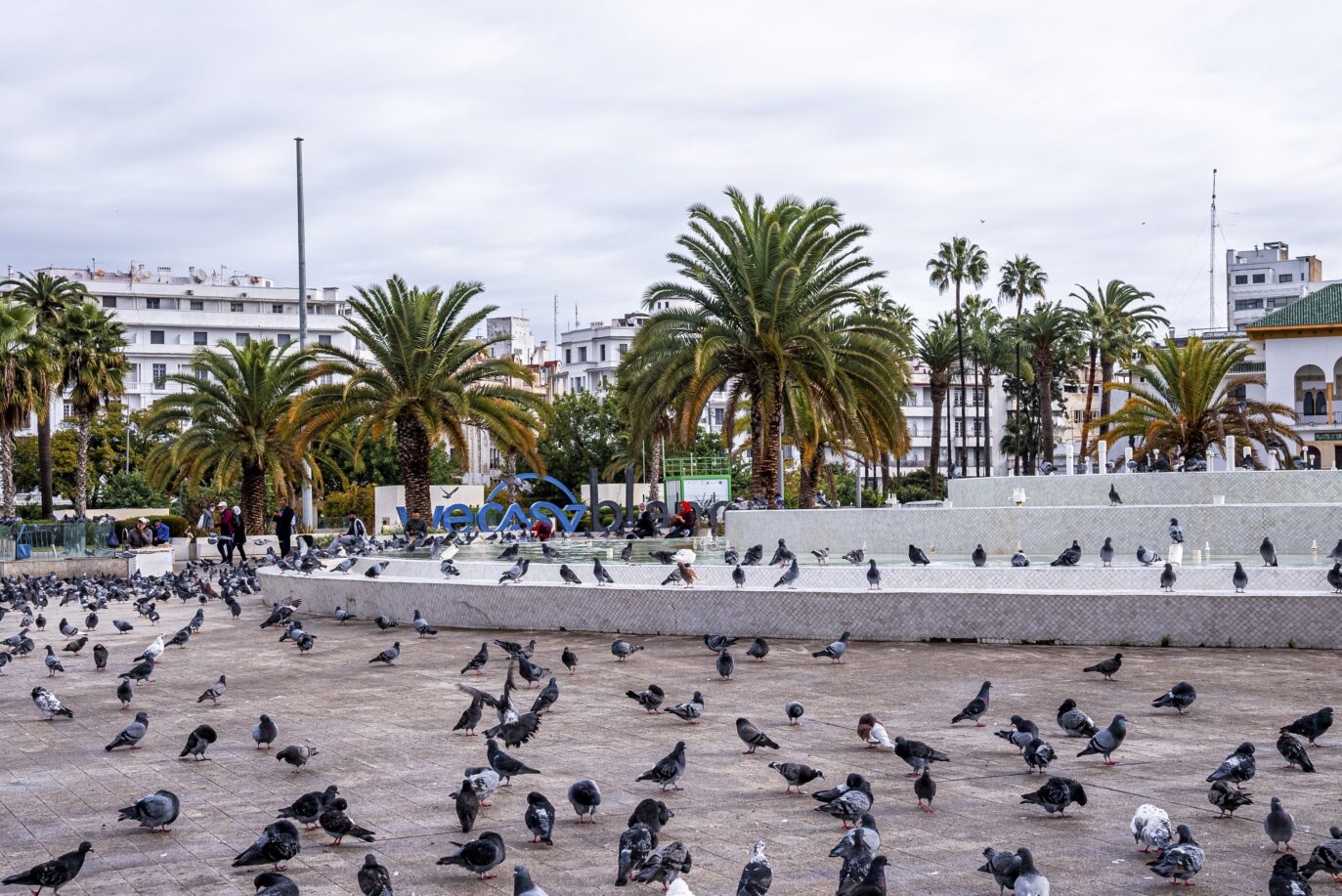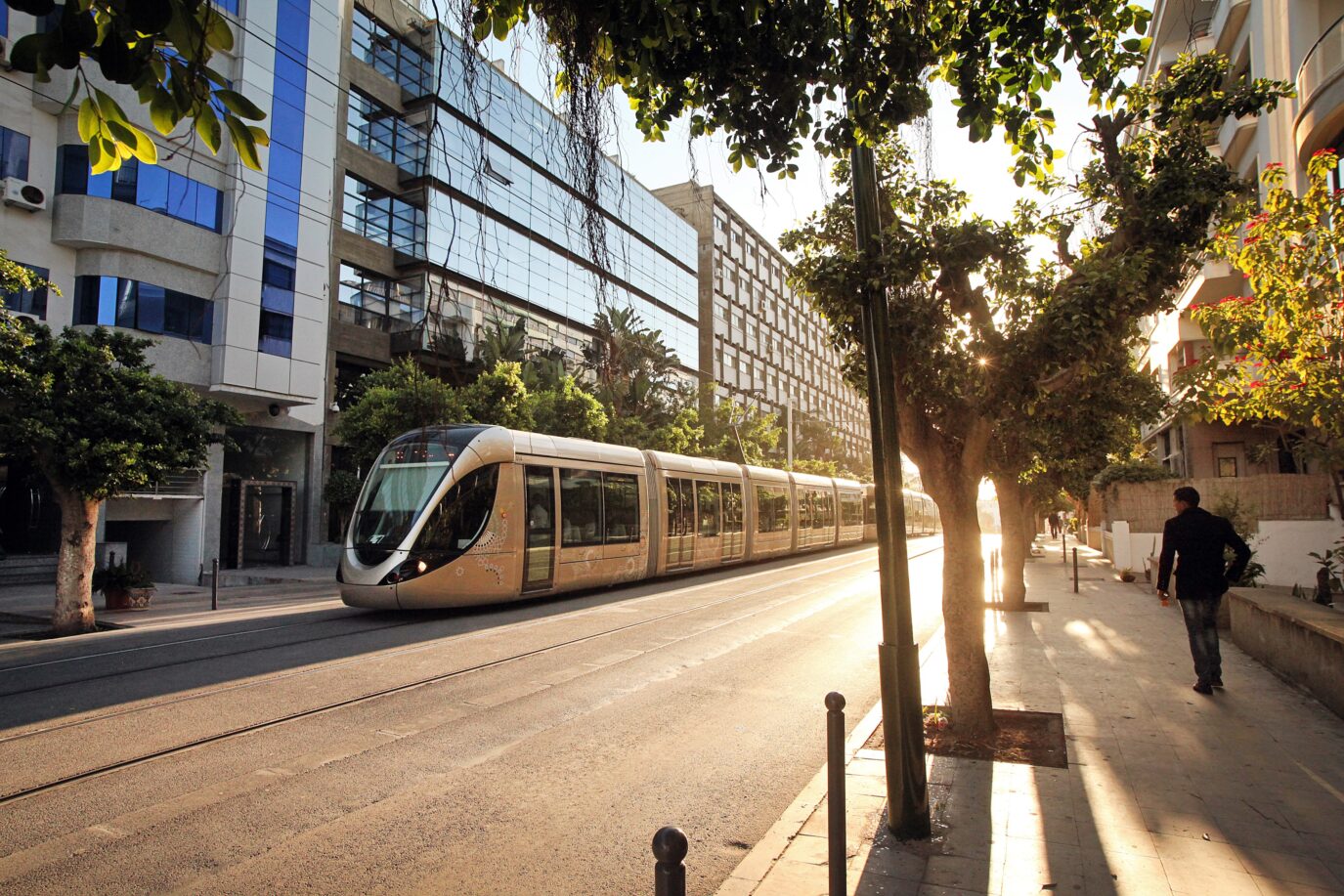Moroccan Architecture reflects the country’s identity: plural and mixed! The evidence is present in several architectural styles visible in the land of beautiful Morocco and many testimonies about the civilizations and peoples who wrote the history of Morocco.
Moroccan Architecture
Moroccan architecture is the architectural style utilized in Morocco throughout its history and into the present day. The country’s architecture reflects its varied geography and long history, shaped by waves of immigrants and military conquest. This architectural history includes sites from the Roman and Amazigh eras and colonial and modern buildings from the 20th century…
ancient architecture
Ancient buildings, or what’s left of them, can be seen in northern Morocco. Volubilis and its Roman city have been on the list of UNESCO heritage sites since 1997. Tingitane was once the capital of Mauritania. It was built on the AmazighWali on a beautiful site with olive trees and swimming places. In the sun. In the shadow of the village of Moulay Idriss and the first hills of the Zerhoun Mountains, the Romans left behind the capital, thermal baths, forum, Arc de Triomphe, basilica, and homes with mosaics. The size of this site should make it bigger than other ancient sites in Morocco, like Lixus and Banassa, and the archaeological site of Chellah in Rabat.
Amazigh style: Moroccan architecture
The origins of Amazigh architecture lie in the past. Still, it has left its stamp on the regions of southern Morocco, where it is regarded as a symbol. Ksour, kasbah, and Agadir are all examples of fortified villages. They are all decorated with traditional geometric patterns that show off the beauty of the Amazigh style.
Amazigh buildings are made from bare soil and other materials that are easy to find in the area. The strength and beauty of Amazigh architecture come from this organic material called stony earth. The raw-earth architecture is simple, natural, and ideal with the South’s landscapes.
Portuguese influence
El Jadida, Essaouira, Asilah, Azemmour or Safi… These cities have buildings that look like they were built when the Portuguese were in Morocco. The Atlantic fortifications remind us of when Mazagan (now known as El Jadida) and Mogador (now known as Essaouira) were formidable military strongholds. Even though “Algarve beyond” is no longer a thing, these Moroccan cities still have great examples of Portuguese architecture, like long sandy beaches that let in a lot of light.
The Arab-Andalusian style
Even though the Arab-Andalusian style doesn’t show the wide range of architecture in Morocco, it’s the one that comes to mind when we think of the Cherifian Kingdom. The mosque and other buildings with Arabic calligraphy and arabesques demonstrate Andalusia’s cultural evolution.
The Almoravids brought the Arab-Andalusian style from Cordoba. It peaked during the Almohad dynasty when giant minarets like the Koutoubia (Marrakech) and the Hassan Tower were built (Rabat). Purity and grandeur are two words that describe the work of Almohad architects and craftspeople. Under the Merinids, the decorations were inspired by the fine art of the Nasrids of Granada, so they were no longer plain. The Al Attarine medersa in Fez, the Bou Inania medersa in Fez, and the Abu Al Hassan medersa in Salé are great examples of the Merinids’ bias. The most significant builders of Morocco, like the Saadian sultan Ahmed El Mansour and the Alaouite sovereign Moulay Ismail, were born during the following dynasties… Even if the style inspires architects and artisans today, it can’t be as creative as it was in the past.
Colonial architecture
The colonial architecture of Morocco propels the traveler into the first half of the 20th century. Casablanca and Rabat, living in the French protectorate era, saw a new urban space flourish under the impetus of Marshal Lyautey, Resident General at the time. New European districts, rising alongside the historic Medinas, feature colonial houses, Art Nouveau, Art Deco, and neo-Moorish or Bauhaus-style architecture.
Home of the craziest urban and architectural experiments of the time, Casablanca, “Deir Beida,” the white city, is then able to compete with the Haussmannian ensembles of Paris. The same architectural topo in northern Morocco’s cities, marked by Spanish colonial architecture.
Contemporary style
When you think of Morocco, this style is not the first thing that comes to mind. But modern architecture could change what the Kingdom looks like in the years to come. We’ve already talked about the Morocco Mall in Casablanca, the National Library in Rabat, and the head office of Maroc Telecom in Rabat. Most recent projects? The Christian de Portzamparc and Rachid Andaloussi-designed CasArts Grand Theater in Casablanca, the Zaha Hadid-designed Grand Theater in Rabat, and the continent’s highest tower, to be completed in Rabat’s Bou Regreg Valley in a few years.
Frequently Asked Questions
What is Moroccan architecture called?
Moroccan architecture shows off the country’s rich culture with mosaics, wood carvings, and stucco patterns based on Islamic art and symbolic math. Riads and other traditional homes have gardens, intricate tiles, and fountains to create a calm environment. There is a beautiful Islamic building in Casablanca called the Hassan II Mosque. There are also a lot of kasbahs, which are fortified houses with unique tile roofs. Moroccan buildings are a great way to learn about the country’s artistic past. Patterns and decorations with many small pieces make Marrakech feel warm and friendly.
How would you describe Moroccan architecture?
Moroccan building is a mix of Amazigh, Islamic, and European styles deeply rooted in the history and culture of the country. These geometric designs come from Islamic art and can be found on buildings, furniture, and tiles. You can see a lot of blue, green, and yellow in these designs. An inside garden with waterfalls and many plants can be found in many homes and public places. Architectural places have their own unique look thanks to things like sculptures, mosaics, and plasterwork. Mosques, on the other hand, are known for their complex patterns and small details, which show Morocco’s spiritual and artistic history.
What is the most famous architecture in Morocco?
Morocco has a lot of important Islamic and traditional buildings that show off its rich architectural history. The Hassan II Mosque in Casablanca was built in 1993 and stands out for its vast size and 210-meter tower. With its tall tower and beautiful tilework, the Koutoubia Mosque in Marrakech, which dates back to the 12th century, symbolizes the city. The Bahia Palace was built in the late 1800s and has beautiful grounds and decorations. This is the Kasbah of the Udayas in Rabat. It was built in the 1200s and has gorgeous tilework and river views. Finally, the Ben Youssef Madrasa in Marrakech is a famous Islamic school from the 15th century known for its beautiful garden and intricate plasterwork. These sites show how deeply Moroccan culture and art are rooted.
What design style is Moroccan?
Moroccan design is a lively mix of Islamic, Arab, and Amazigh styles, which shows how culturally diverse the country is. It has bright colors like orange, green, and blue, along with natural browns and yellows. Tiles, fabrics, and home decor often have complicated geometric designs from Islamic art. Doors and furniture in the Moroccan style usually have plasterwork, carvings, and colored tile inlays that are very detailed. Textures like hand-knotted rugs and stitched fabrics give the style a more accurate and rich look. Moroccan buildings and interiors have a unique, classic look that combines Islamic, Amazigh, and European styles. The rooms feel warm and welcoming.

